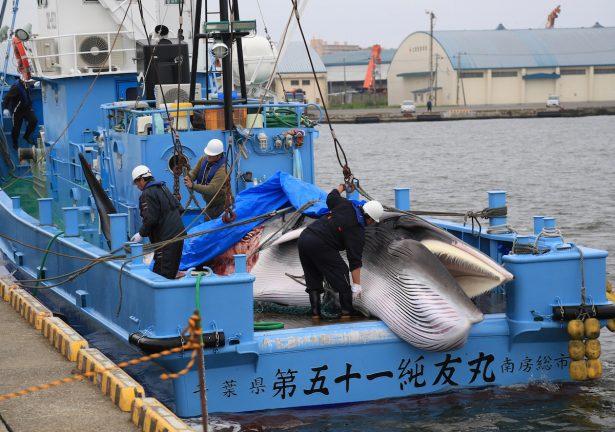KUSHIRO, Japan—A small Japanese fleet caught their first whales on June 1 in Japan’s first commercial hunt in more than three decades, a move that has aroused global condemnation and fears for the fate of whales.
Japan has long said few whale species are endangered and announced in December it was leaving the International Whaling Commission (IWC) to resume hunting after years of campaigns by industry supporters and Prime Minister Shinzo Abe, whose constituency includes a city that has long whaled.





